Supreme Court Fights Over the Constitution as Justice Thomas Urges to “Correct” 26-Precedent
Supreme Court Justice Clarence Thomas has advised the court to “correct” a nearly three-decade-old precedent involving a minor exception to U.S. citizens’ right to a fair trial as laid out in the 6th Amendment.
Thomas’ comments were prompted by a recent court ruling in the Erlinger v. United States case. The Seventh Circuit Court of Appeals voted 6-3 in favor of not disturbing a district court sentencing of Paul Erlinger, who was given 15 years in jail for unlawful possession of a firearm — a decision that has significant implications.
Erlinger Receives 15-Year Sentence
Paul Erlinger was convicted of having a firearm in his possession as a felon, which would typically result in a ten-year prison sentence.
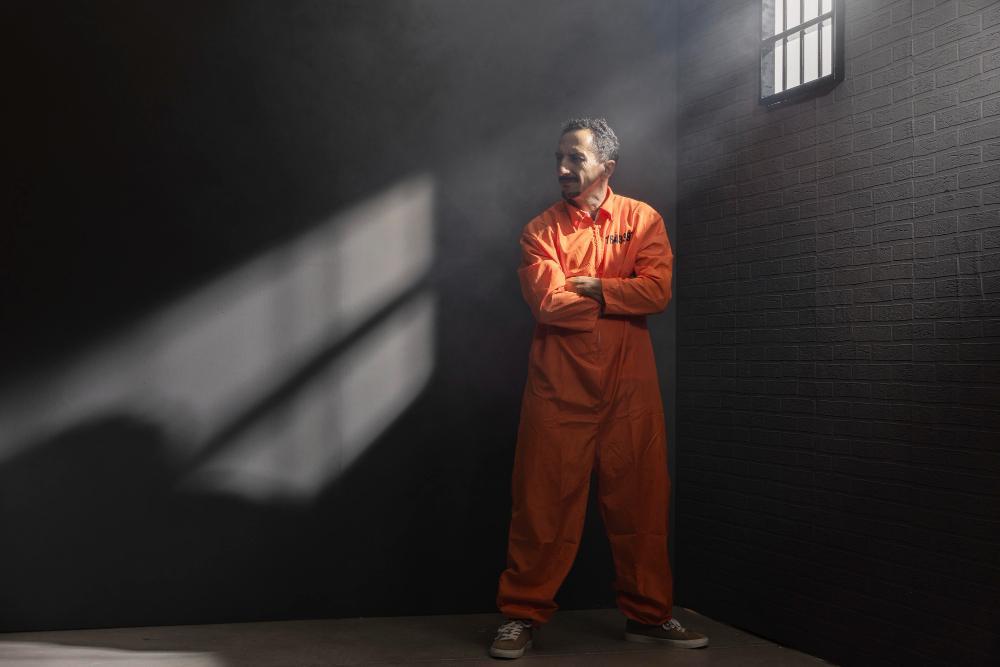
Source: Wikimedia
However, as the defendant was charged under the Armed Career Criminal Act (ACCA), the court was forced to issue a minimum sentence of 15 years. The ACCA has specific sentencing guidelines for defendants who have three prior convictions ranging from serious drug offenses to violent felonies.
Defendant Protests the Court Ruling
Newsweek reports Erlinger immediately protested the court’s ruling and decided to try to appeal the sentencing.
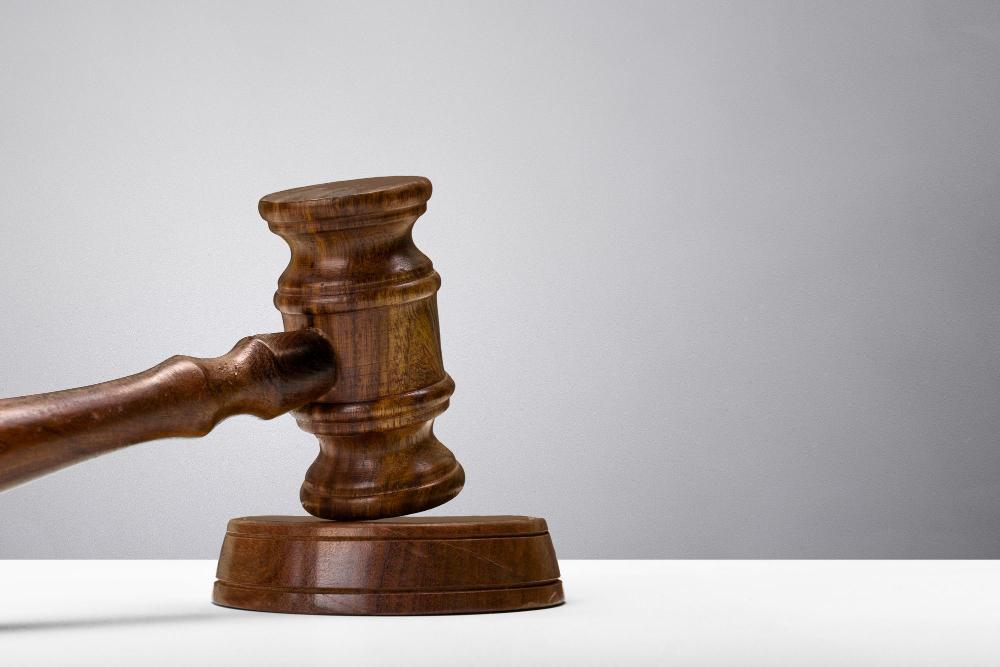
Source: Freepik
According to the defendant, the ACCA sentencing only applies to separate occurrences as opposed to a single criminal episode. Erlinger argued that since his string of burglaries occurred in one period, he doesn’t have the three prior convictions required for the ACCA to pass the minimum sentence of 15 years.
The Difference in Sentencing
Under the Armed Career Criminal Act, a person previously convicted of a felony may not possess a gun or ammo. Violators face a sentence of 0 to 15 years if authorities find them with either of these items.
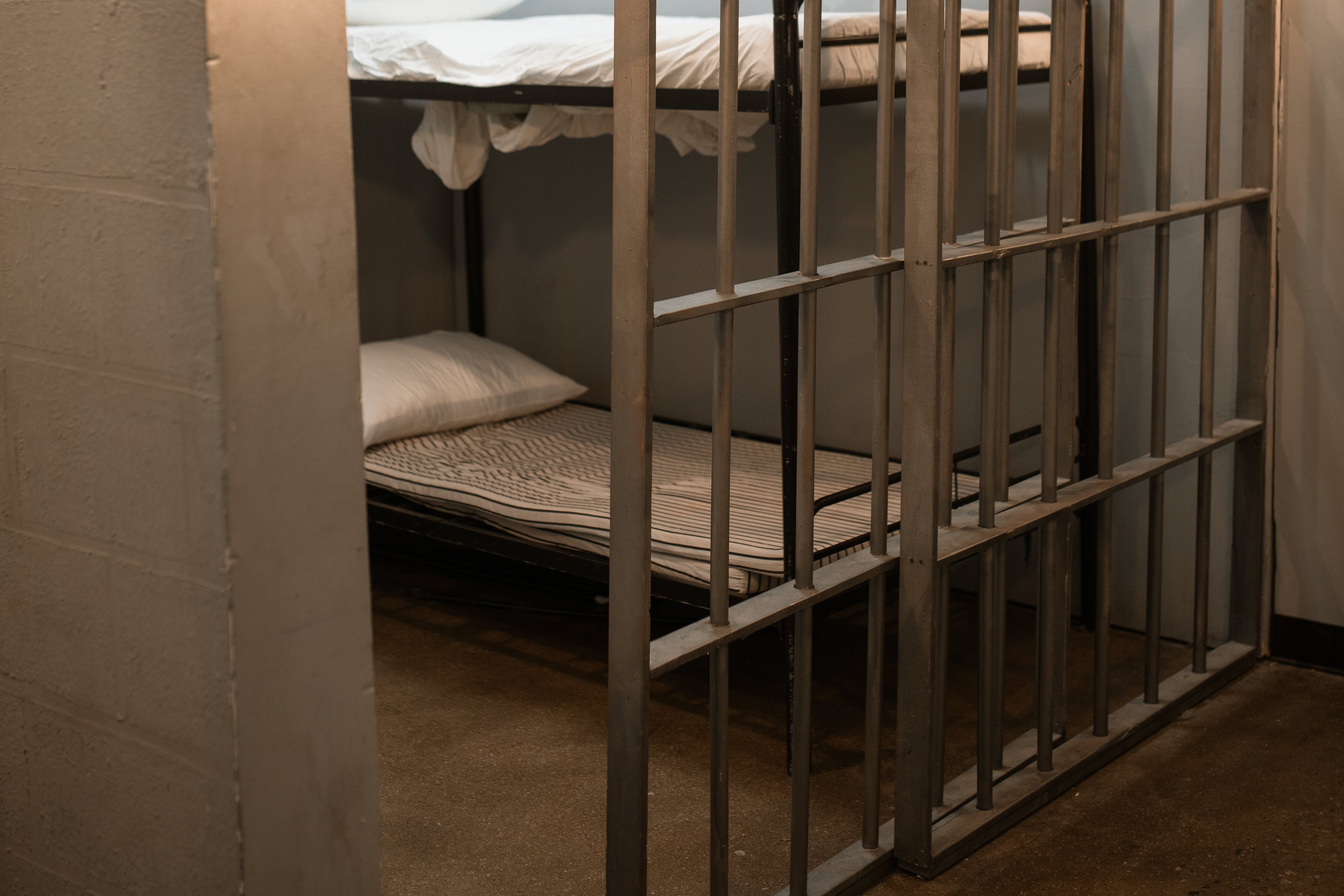
Source: RDNE Stock project/Pexels
However, if the defendant has three prior drug or violent crime convictions, the minimum sentence is raised by the ACCA to 15 years. This is the sentence that Erlinger received.
There’s a Catch
But nothing is as black and white as it seems. According to Lisa Legal Info, there are requirements like needing the previous crimes to have happened at different times.

Source: Adobe Stock
In a recent court case, Wooden v. In The United States, the Supreme Court set a rule to decide if crimes happened on the same occasion or not.
Entitlement to Fifth and 6th Amendment Rights
Furthermore, Erlinger has voiced concern over the court’s decision to dismiss his constitutional rights.
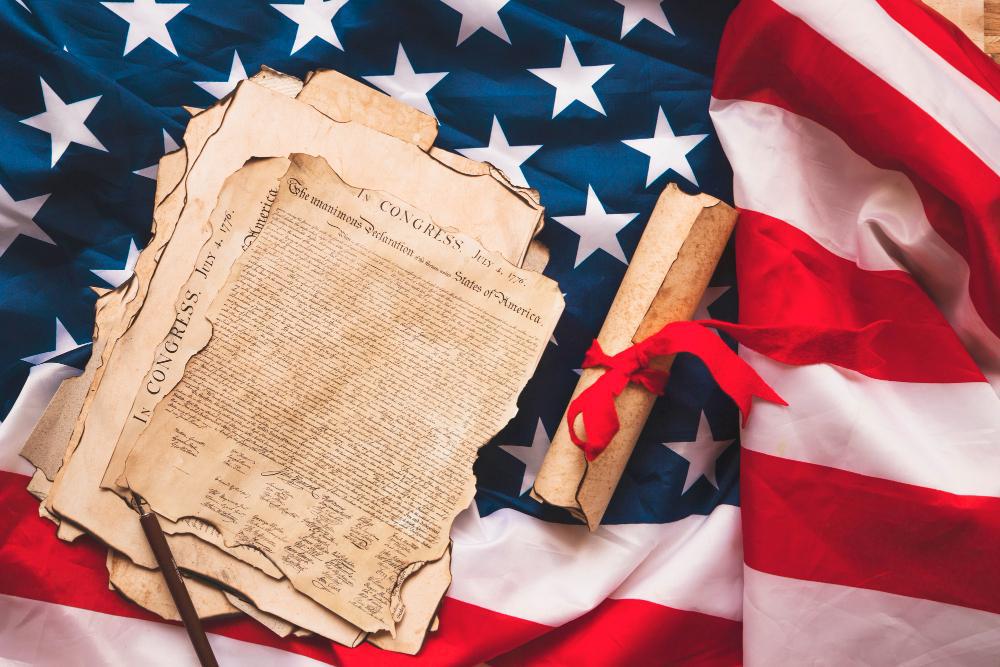
Source: Freepik
According to the defendant, the 5th and 6th Amendments entitle him to ask a jury to assess whether his crimes should be considered a single episode or if they occurred over an extended period, a decision he was not granted.
Jury or Judge?
During Wednesday’s argument, the main question was whether a jury or a judge should determine the facts that would make a defendant eligible for a longer sentence under the ACCA based on the 6th Amendment.
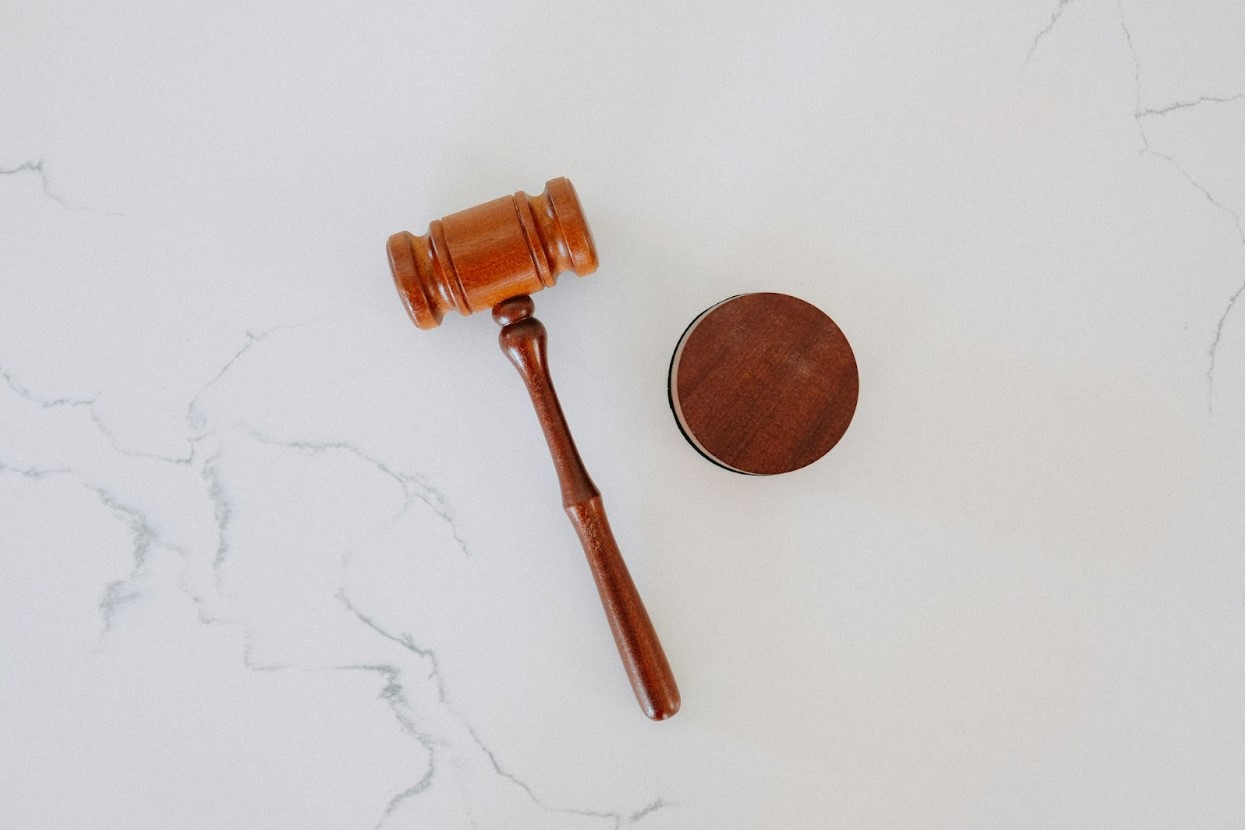
Source: Tingey Injury Law Firm/Unsplash
This question could determine how the Supreme Court reviews their previous stance on presenting facts to a jury, other than a prior conviction, that could increase the statutory sentence. However, in the Almendarez-Torres case, the Court held that a judge may find a prior conviction.
District Court Denies Erlinger Request
A district court decided to deny the defendant’s request for a jury, which has since sparked a great deal of controversy online.
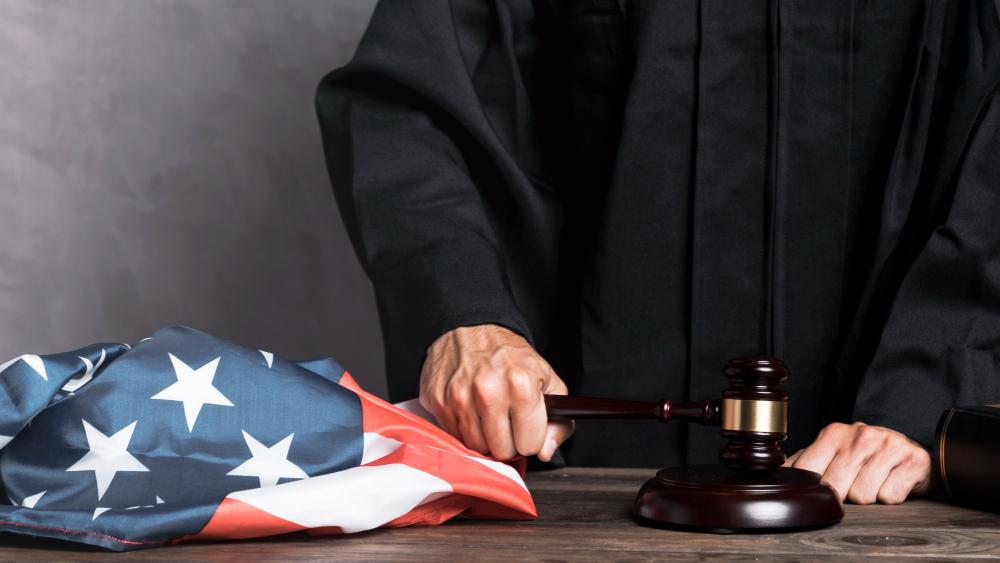
Source: Freepik
Shortly after the decision, the U.S. Government admitted they had made a mistake in the ruling, explaining that the Constitution clearly states that Erlinger has the right to a jury, who will undoubtedly decide whether his felonies were committed on separate occasions.
Erlinger Takes His Case to the Supreme Court
Unhappy with the district court’s ruling, Erlinger decided to take his case to the Supreme Court, hoping they might grant him the chance to stand before a jury.
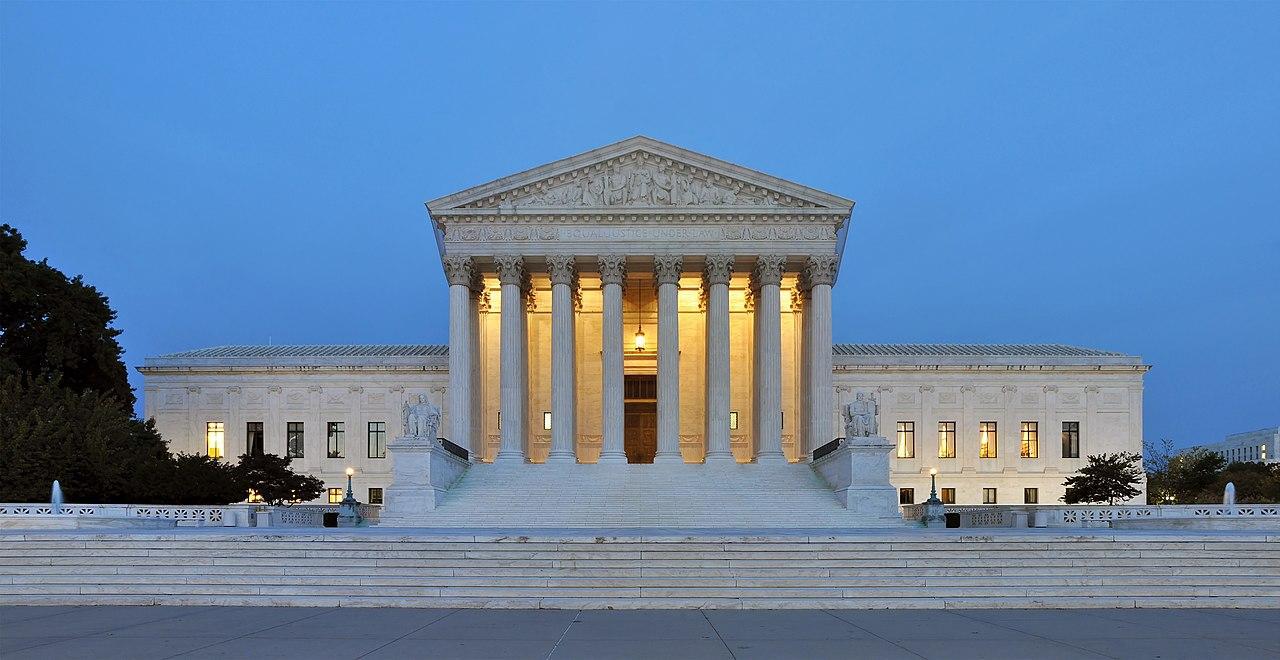
Source: Wikimedia
The Supreme Court’s decision in favor of Erlinger was a significant moment, affirming the importance of juries in determining enhanced sentences according to AOCC guidelines.
Supreme Court Vacates the Decision of the Seventh Circuit
The Supreme Court later released its majority opinion, which states, “The right to a jury trial ‘has always been’ an important part of what keeps this Nation ‘free.'”
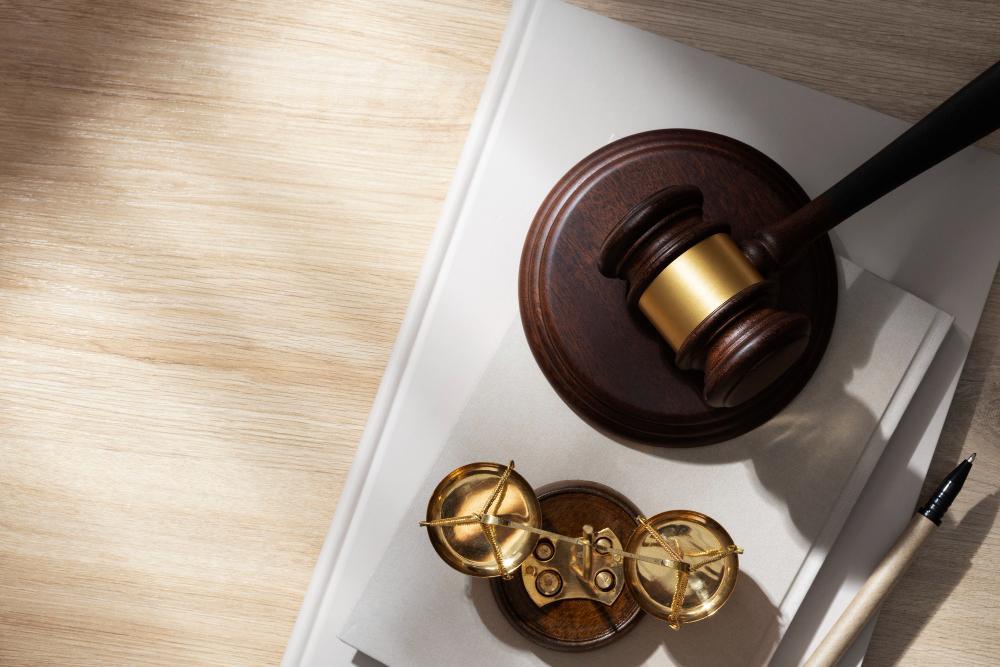
Source: Wikimedia
They continued, “Because the 5th and 6th Amendments do not tolerate the denial of that right in this case, the judgment of the Court of Appeals for the Seventh Circuit is vacated, and the matter is remanded for further proceedings consistent with this opinion.”
Justice Neil Gorsuch on the Decision
Justice Neil Gorsuch, who was appointed by former President Donald Trump, further emphasized that the Seventh Court of Appeals decision intrudes on the power of the 5th and 6th Amendments.
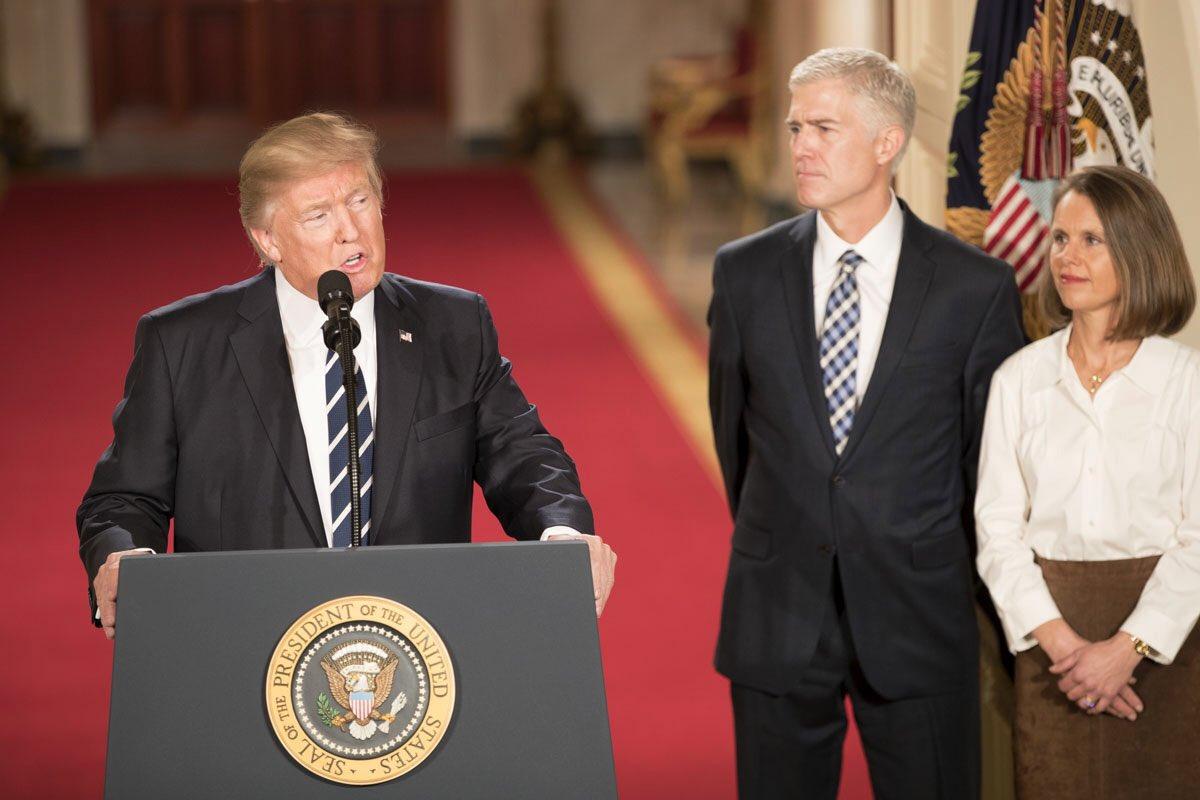
Source: Wikimedia
“Judges may not assume the jury’s fact-finding function for themselves, let alone purport to perform it using a mere preponderance-of-the-evidence standard,” he wrote.
Justice Thomas Speaks Up
Speaking on a separate event with a concurring opinion, Justice Thomas referenced the 1998 case Almendarez-Torres v. United States, which needs correcting.

Source: Wikimedia
“The Court created a ‘narrow exception’ to the 6th Amendment’s general rule and allowed a judge to find ‘the fact of a prior conviction,’ even though that fact increases a defendant’s punishment,” said Thomas.
Sharp Conflict Between Two Cases
According to Justice Thomas, “the Court acknowledges the sharp conflict,” which is evident in the cases Erlinger V. United States and Almendarez-Torres v. United States.
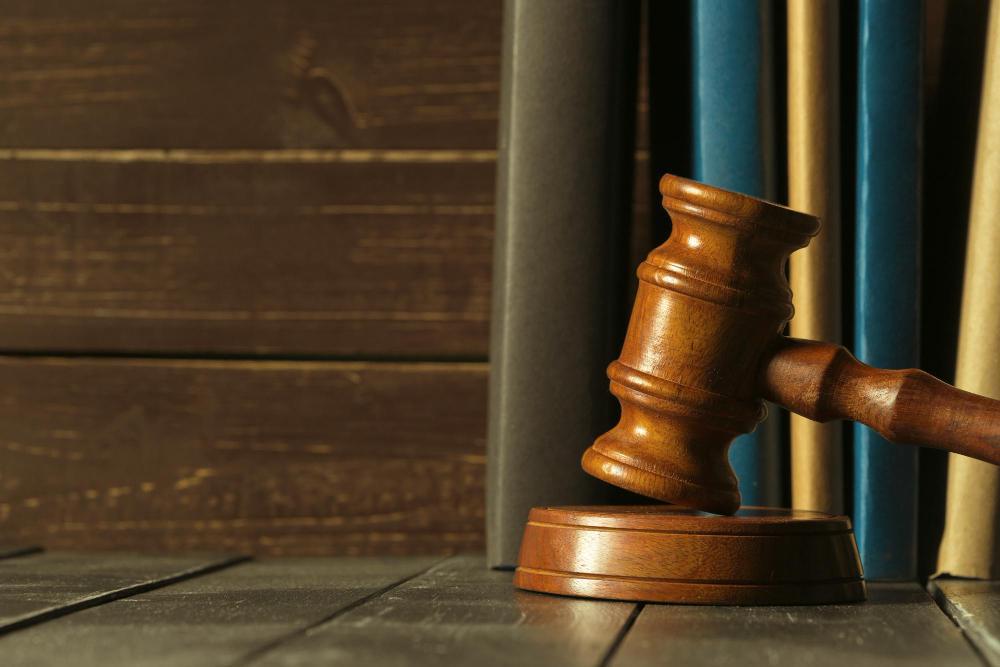
Source: Wikimedia
However, according to his opinion, the Court has decided to “extend that dubious exception” in Almendarez-Torres v. United States to Erlinger’s case, which could undermine the entire legal system.
What Is the Almendarez-Torres Case?
According to US code, Hugo Almendarez-Torres was indicted for being an illegal person “found in ” the United States without the “permission and consent of the Attorney General ” after being deported.
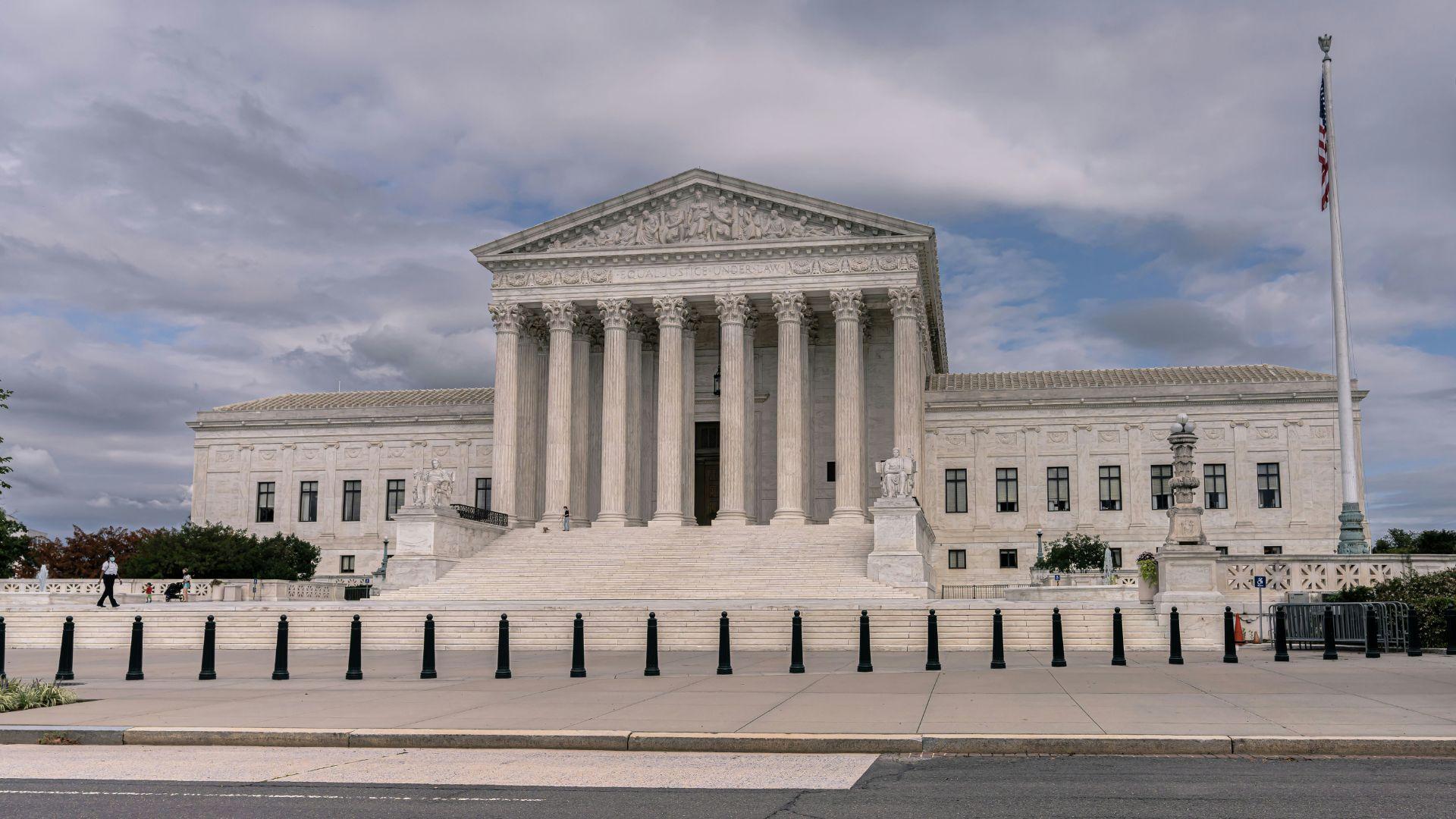
Source: Adam Michael Szuscik/Unsplash
He pleaded guilty and admitted that he had been deported, then had unlawfully returned to the US after an earlier deportation that followed three aggravated felonies.
The Court's Rejection
Under the 6th Amendment, Almendarez-Torres should have received two years in prison because the indictment in this case did not mention the earlier convictions for aggravated felonies, meaning they should have not influenced the decision behind his illegal return.

Source: Freepik
However, the direct court rejected this argument and sentenced Almendarez-Torres to 85 months in prison. Associate Justices that affirmed the conviction and sentence included Judge Thomas.
Thomas Calls on Judges to Revisit Case
Justice Thomas appears remorseful for the role he played in the Almendarez-Torres case and has urged the Court to correct the decision.
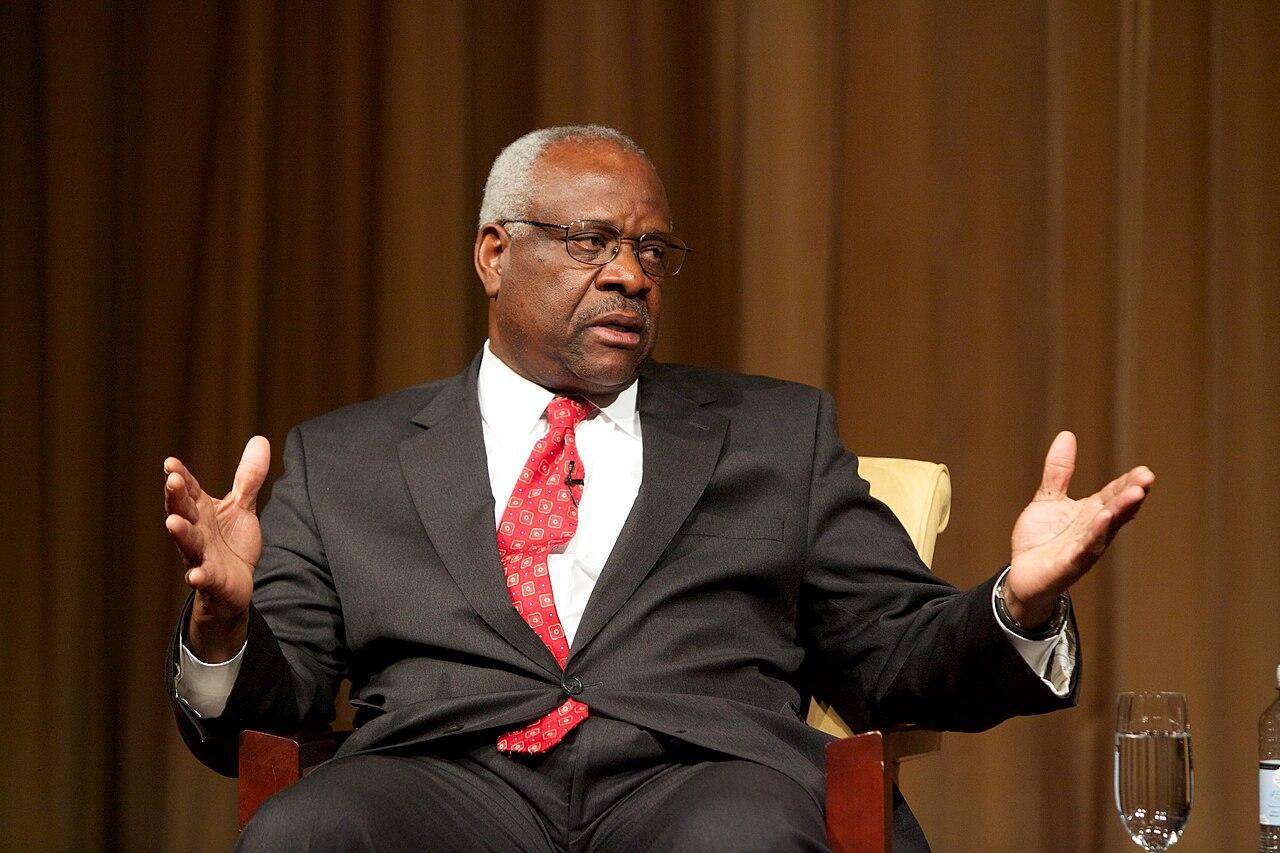
Source: Wikimedia
“I continue to adhere to my view that we should revisit Almendarez-Torres and correct the ‘error to which I succumbed’ by joining that decision,” Thomas added.
Time to Revisit the Case Says Justice
According to Thomas, “Each [Supreme Court] Term, criminal defendants file a flood of petitions specifically presenting this Court with opportunities to reconsider Almendarez-Torres.”

Source: Freepik
In light of Erlinger’s win, Thomas used this as an opportunity to explain, “Today’s decision demonstrates further that ‘[i]t is time for this Court to do its part’ by granting one of those many petitions and overruling Almendarez-Torres.”
The Rules Won’t Bend Again
Thomas said that “the Court acknowledges the sharp conflict” between Erlanger v. United States and Almendarez-Torres v. United States.
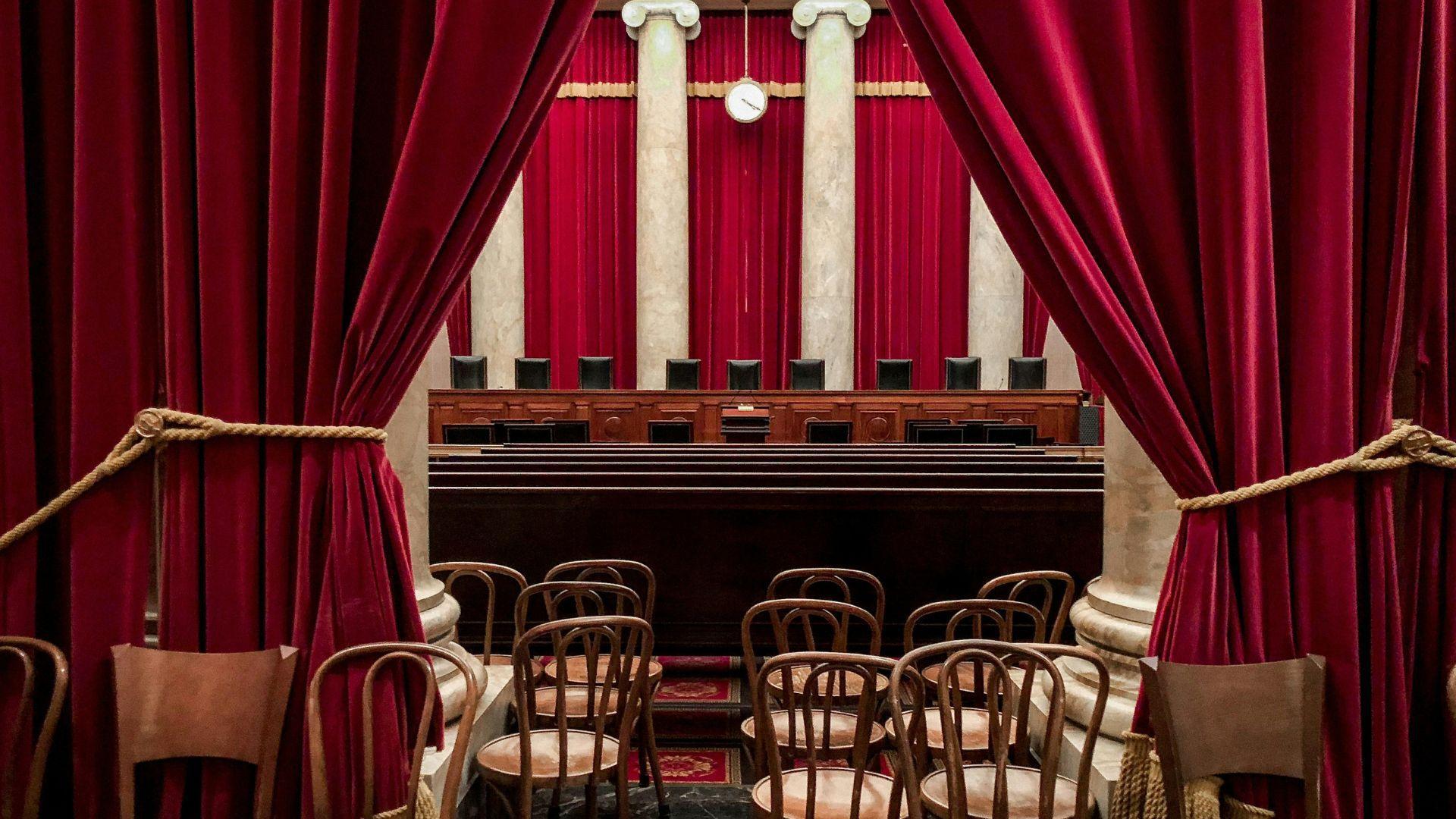
Source: Jackie Hope/Unsplash
However the Court “properly declines to extend that dubious exception” in Almendarez-Torres v. United States to Erlinger’s case.
Testing the Constitution
The Supreme Court has been broadly moving toward testing constitution questions against historical trends and traditions when reviewing present-day laws and practices.

Source: Freepik
The Court considers whether a similar law like New York State Rifle & Pistol Assn v. Bruen challenged that it was on the books when the 2nd Amendment was enacted in 1791 or when the 14th Amendment was established in 1868.
History or Tradition?
Arguments over the history and tradition of the US different constitutional rights have been the focus of most of the briefs filed with the Court.
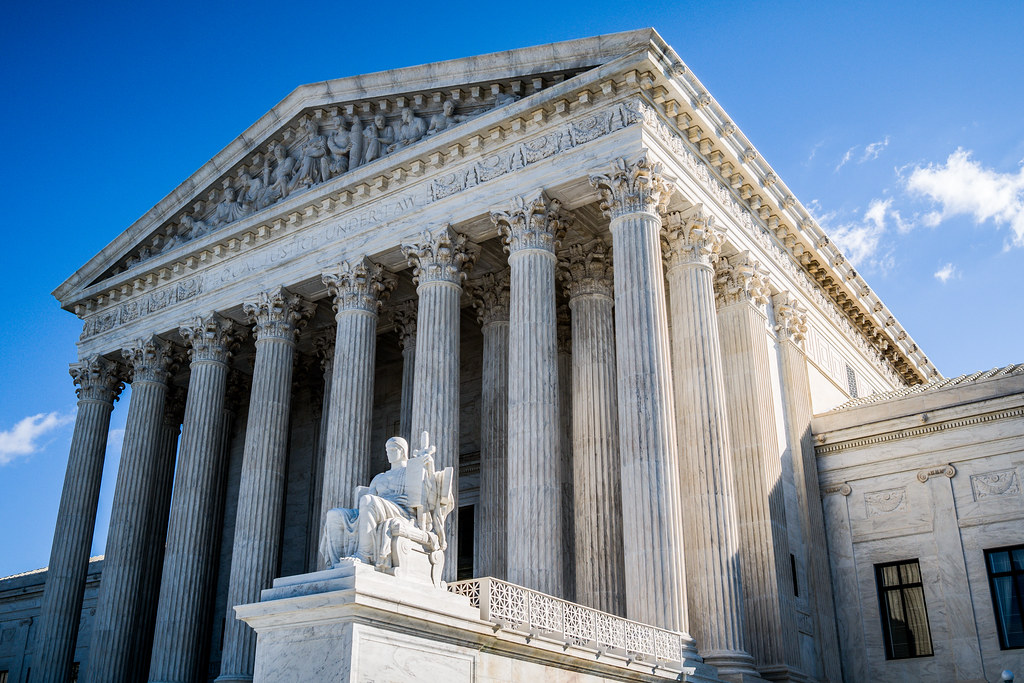
Source: Phil Roeder/Flickr
“When we start talking about history, I get very annoyed, because in every history, there are exceptions,” Justice Sotomayor said during Wednesday’s session. “The question then becomes how many exceptions defeat the general rule.”
Debate Over Historical Context and Jury Trial Rights in Erlanger's Case
Sotomayor argues that whether Erliger’s case was tried in four or more states did not matter for enhancing sentencing decisions around 1791 because it did not “defeat the general rule” that defendants are entitled to jury trials, but Justice Brett Kavanaugh disagreed.
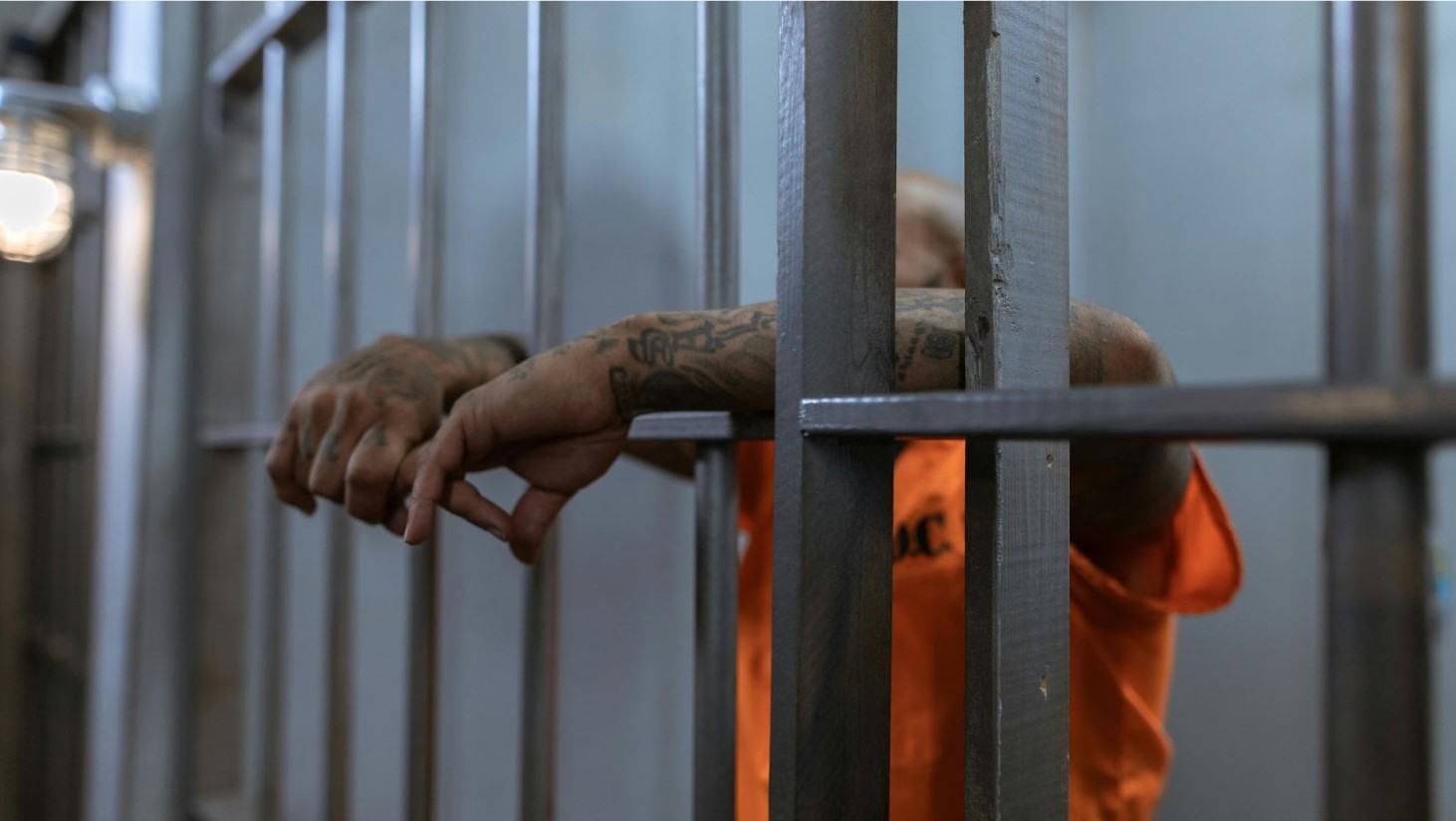
Source: RDNE Stock Project/Pexels
Kavanaugh found historical relevance and said that the Constitution should be followed and interpreted for the case presented to the Court.
Interpreting the Constitution
“The text itself of the Constitution does not tell us the answer, just the bare words, correct?” he asked the court-appointed amicus arguing in favor of the ACCA.
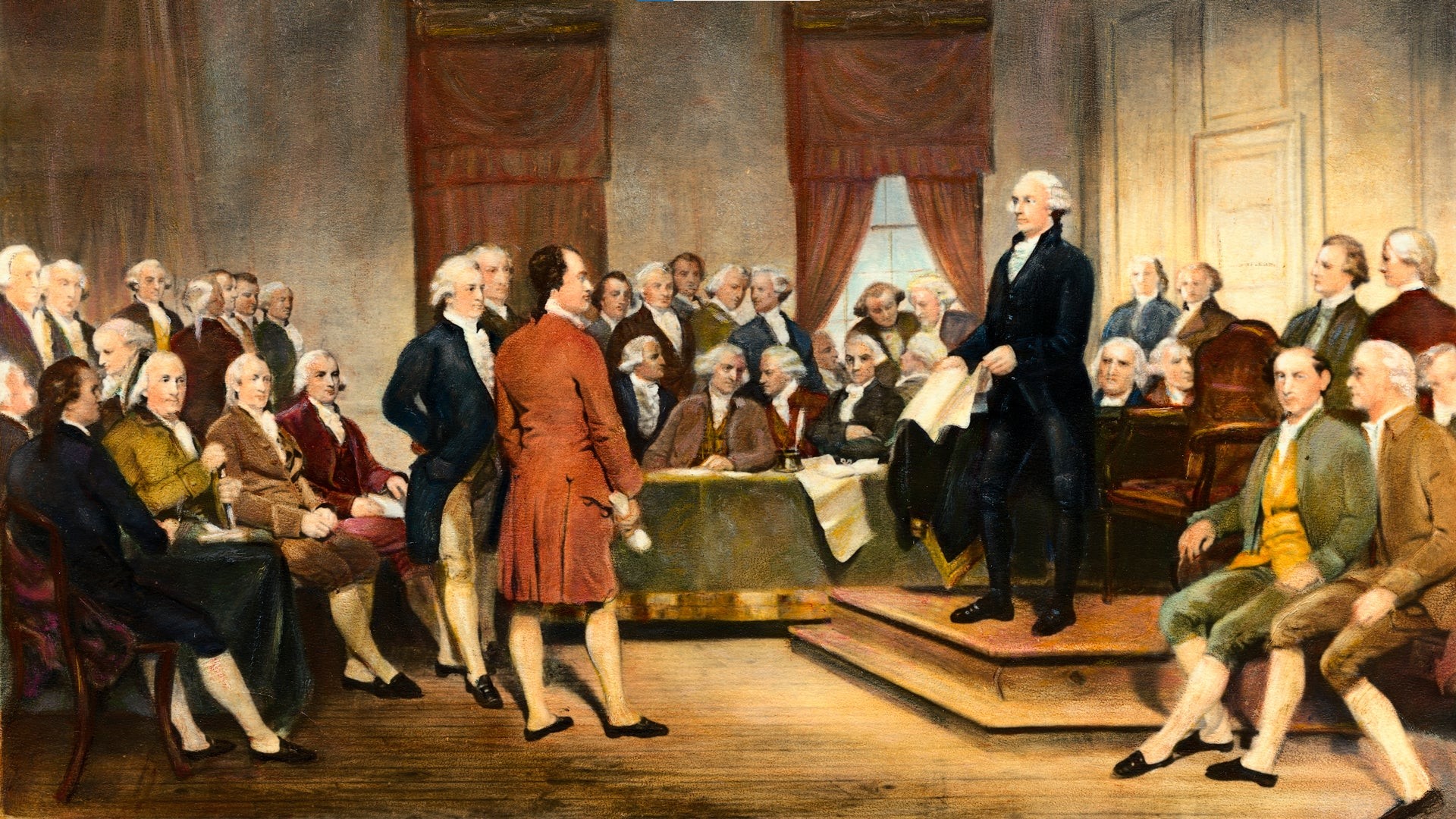
Source: History
He continued: “So then we usually look to history. We might not like it, but unless we’re just making it up, I don’t know where else we’re going to look.”
Looking at Past Convictions
Another issue is how the ruling will affect jurors’ prejudice against the defendant when they learn about the defendant’s past convictions. Justice Samuel Alito says the knowledge will make it difficult for a jury because it focuses on a “multidimensional and nuanced” look at a defendant’s past convictions.
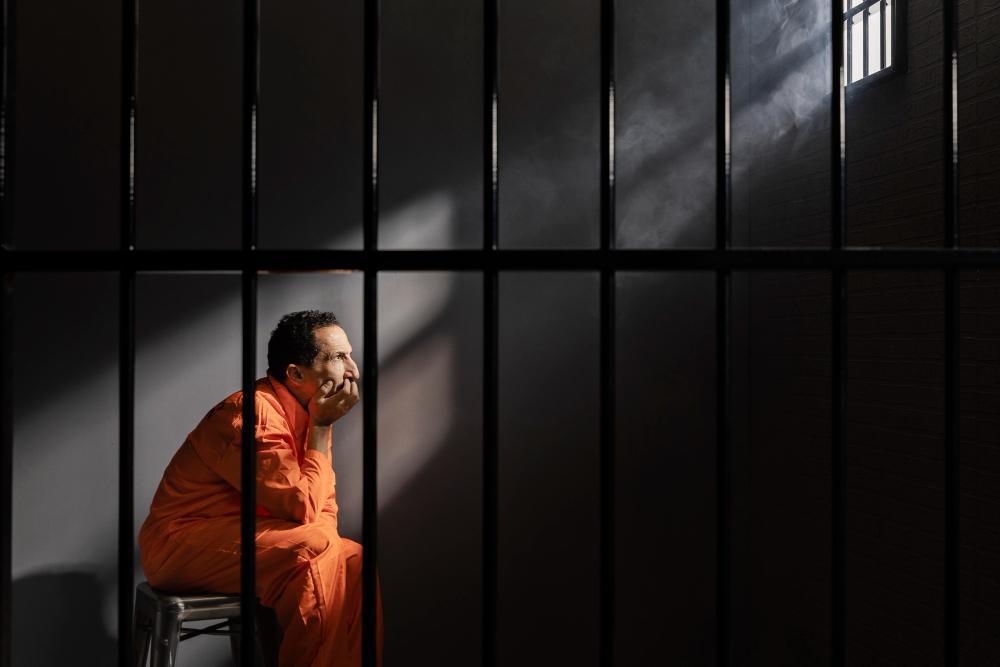
Source: Freepik
However, the Deputy of Justice Attorney says that this will be manageable. Erlinger’s lawyer also notes that most criminal cases result in plea deals, meaning that this will be an issue in a “handful of years.”
A Speed Bump to Consider
Sotomayor says the criminal defense bar is already siding with Erlinger, suggesting that defense attorneys believe the jury won’t view the defendants negatively if their past convictions are presented.
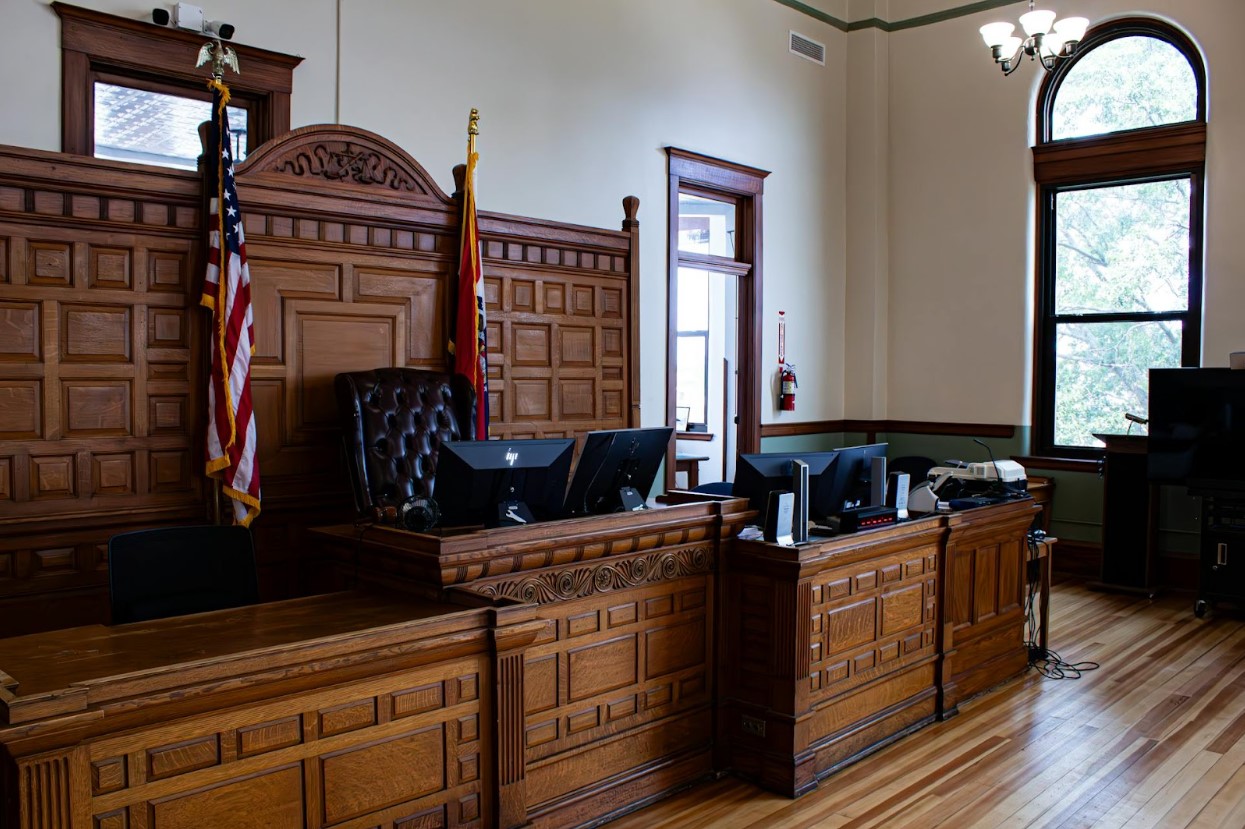
Source: Zachary Caraway/Pexels
Chief Justice John Roberts suggests that any problems of jury prejudice could be an issue about past crimes if a jury has convicted a defendant of the current one in a bifurcated trial.
